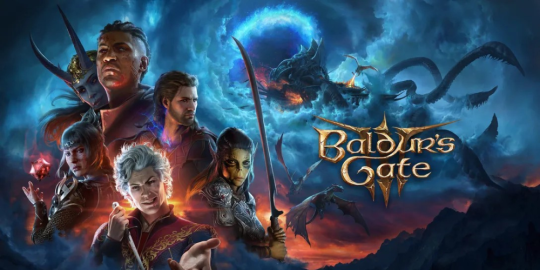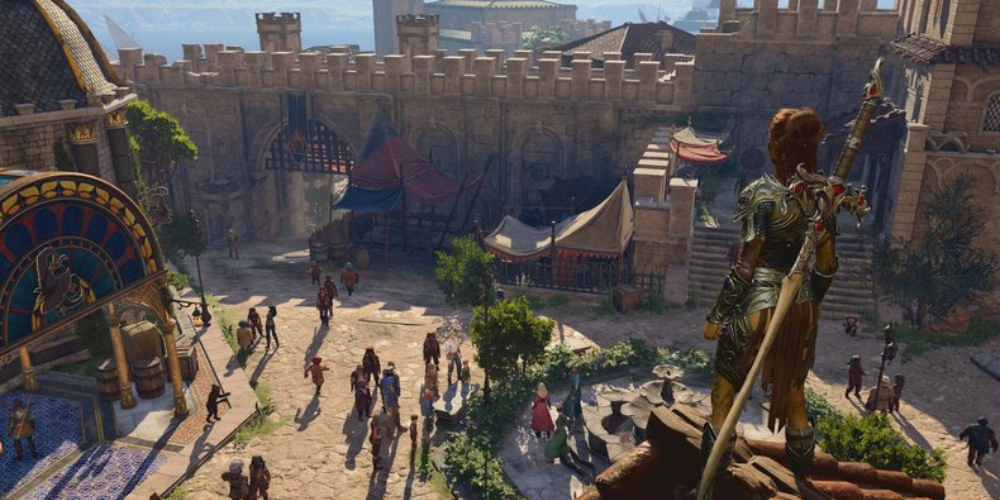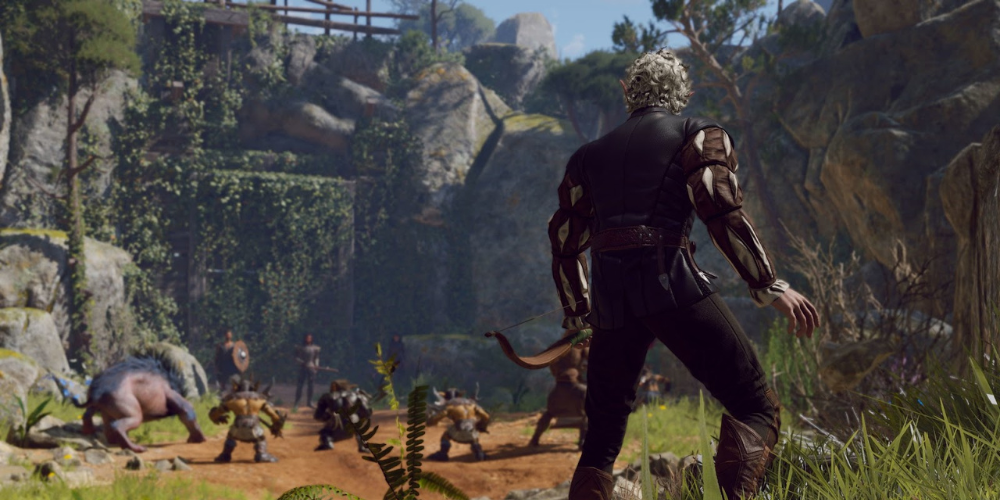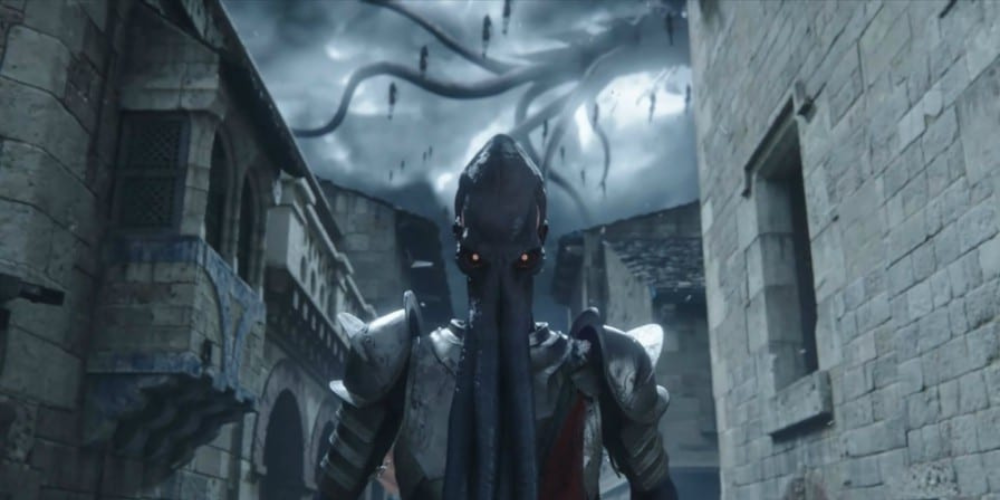
Baldur's Gate 3, the highly anticipated role-playing game by Larian Studios, is a testament to the depth and complexity that modern RPGs can offer. Set to release in August 2023, the game promises an experience rich with choices that shape not just the narrative but how characters interact with the protagonist, Tav. The game's meticulous attention to detail extends to various aspects of the character's identity and progress, including race, class, and even level, each having a tangible impact on the dialogue and interactions within the game. This article will delve into the nuanced ways in which your choices as Tav can lead to a unique gameplay experience, unlocking hidden dialogues and influencing companion reactions.
Tav's Identity: More Than Skin Deep

The choices you make about Tav's identity go far beyond cosmetic differences. Selecting a race or class in Baldur's Gate 3 isn't just about statistical bonuses or special abilities; it's about how the world and its inhabitants perceive and interact with you. The game is designed to recognize your decisions and reflect them back at you through its characters, creating a living, breathing world that responds to who Tav is and what they represent. This level of detail is shown in the way companions and NPCs react differently to Tav based on their chosen race and class, providing a plethora of unique dialogue options tailored to each playthrough.
For instance, choosing to be a cleric of Selûne incites a particular dynamic with the companion Shadowheart, whose preconceptions and biases come into play. Throughout Act 1, she must grapple with her feelings towards Selûne to work alongside Tav for the common goal of survival, as they all share the burden of being infected with illithid tadpoles. Similarly, a cleric of Mystra offers a contrasting experience, with the opportunity to express shock or intrigue regarding Gale's past relationship with their deity. These role-specific interactions enhance the role-playing aspect of the game, encouraging players to experiment with different identities to fully explore the narrative possibilities.
Leveling Up: A Measure of Confidence and Caution

In an unexpected twist, Tav's level becomes more than a mere indicator of power and progression; it influences the attitudes and advice of companions, particularly in critical decision-making scenarios. This subtle yet significant detail emphasizes the game's commitment to providing a realistic and dynamic adventure, where the characters around you are not just passive entities but active participants in the story. They assess situations and provide input based on Tav's capabilities, as reflected by their level, which adds a strategic layer to the gameplay and dialogue.
For instance, during Act 1, the decision to engage with a githyanki patrol in the Mountain Pass is influenced by Tav's level. Companions exhibit different levels of confidence or concern based on whether Tav's level is above or below a certain threshold. If Tav and the party are level five or higher, companions show eagerness and assurance in facing the githyanki, believing in their collective strength to emerge victorious. Conversely, if they are level four or lower, companions will advise caution and suggest avoiding the confrontation, reflecting a realistic assessment of the party's chances. This dynamic not only enriches the gameplay experience but also serves as a practical guide for players, helping them gauge the risks of certain encounters.
The Hidden Layers of Interaction

Baldur's Gate 3's commitment to creating a responsive and immersive world extends to even the most minute aspects of Tav's identity, including gender and subclass choices. The game is filled with hidden interactions and dialogue changes that can only be uncovered by making specific choices or being in the right place at the right time. These hidden gems of content add a layer of replayability, enticing players to venture through the game multiple times to uncover all the nuances and secrets it holds.
For example, playing as a drow, Tav can leverage their race to command respect from followers of the Absolute, influencing goblins and other creatures to heed their commands in Act 1. This unique dynamic showcases how racial identity can have practical implications in gameplay and social interactions. Conversely, tieflings experience the opposite effect, often facing prejudice and disdain from the same groups. These interactions are not only a testament to the game's depth but also a way to explore the lore and societal structures within the world of Baldur's Gate 3.
Baldur's Gate 3 is a game where every choice has the potential to open new paths and reveal hidden layers of the narrative. Whether it's through the nuanced dialogues shaped by Tav's race and class or the strategic advice offered by companions based on Tav's level, the game is designed to create a personalized experience that feels responsive to the player's decisions. With such a rich tapestry of interactions, Baldur's Gate 3 stands as a shining example of how role-playing games can offer a truly unique and deeply engaging experience with every playthrough.